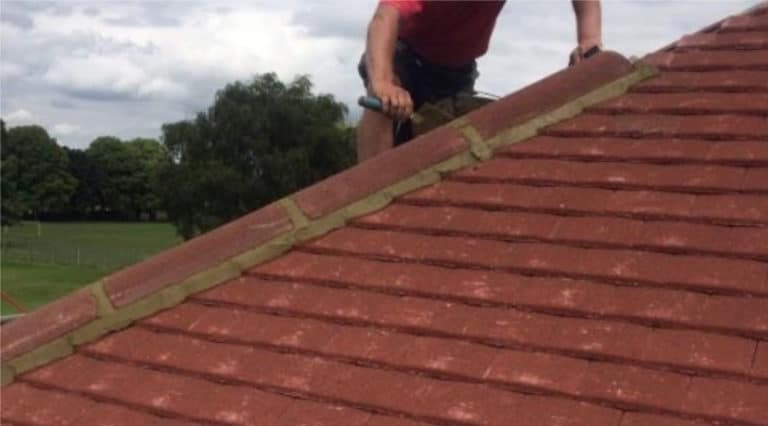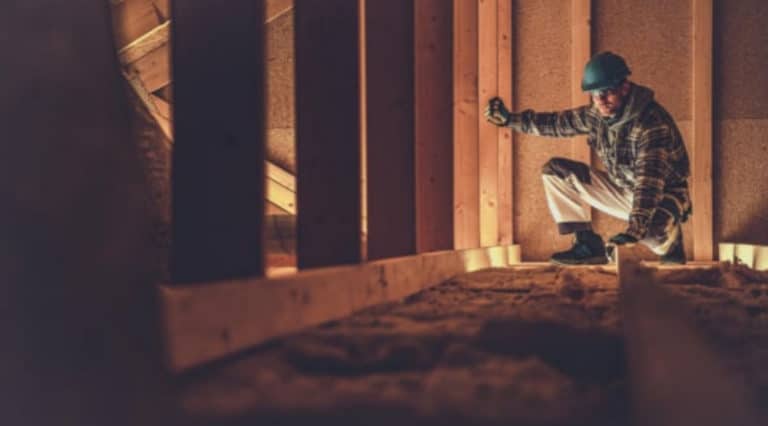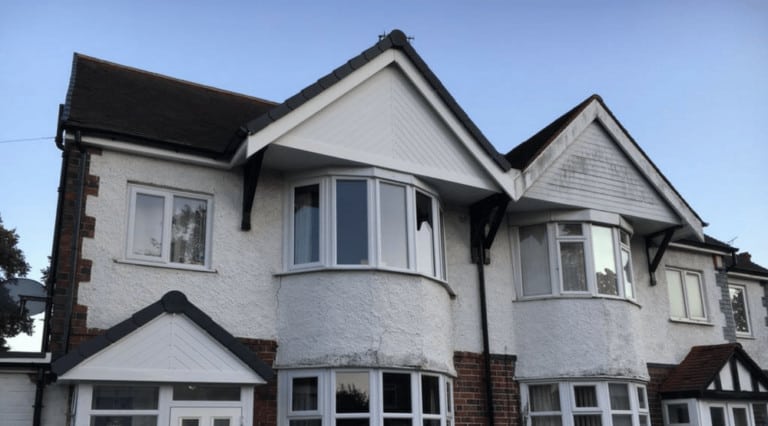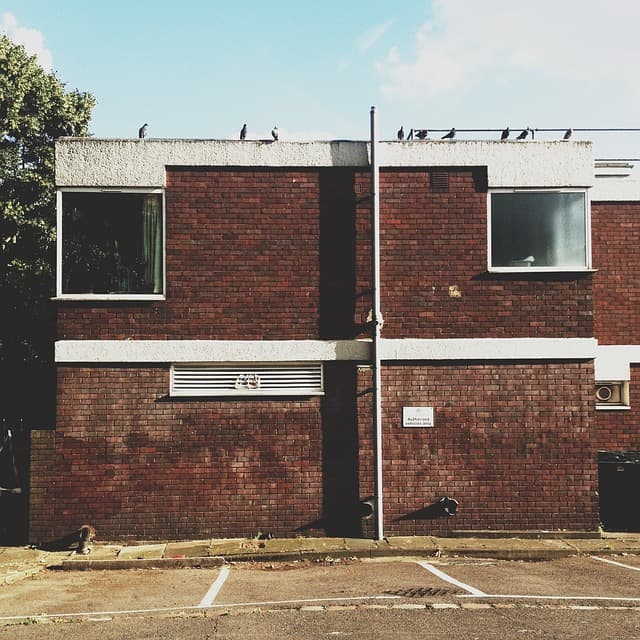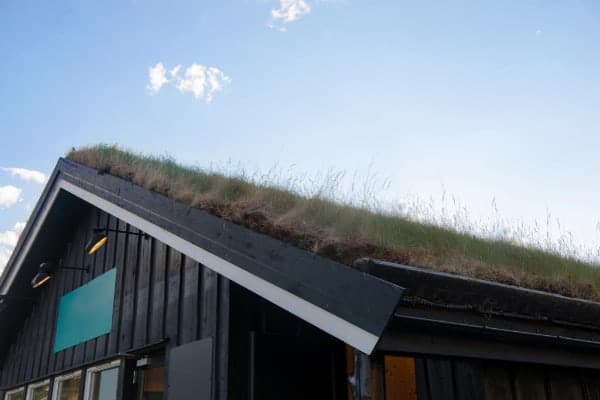Find My Local Expert Warning Signs Your Home Needs Roof...
Read More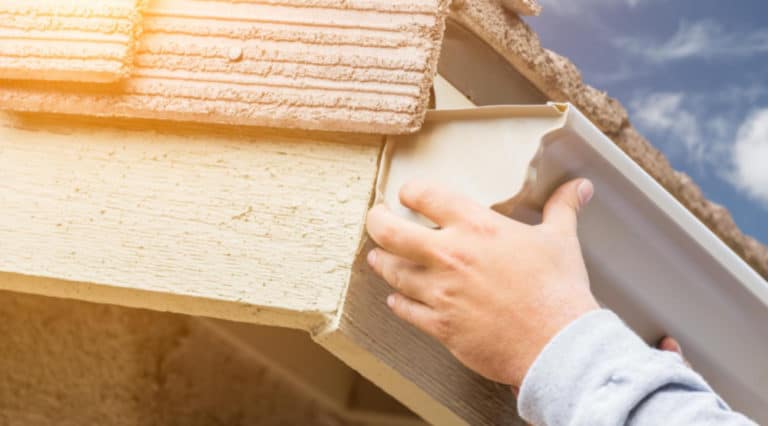
Rotted Fascia and Soffit Repair
Rotted fascias and soffits are a relatively common problem for homeowners. Granted, you probably won’t encounter this problem more than a couple of times in your life (unless you are very unlucky when buying new property), but given how many properties are well over a few decades old, you’re bound to encounter them at some point. But let’s not get ahead of ourselves; what are fascias and soffits?
What are Fascias?
This is essentially a long, straight board that can be found running along the lower edge of your roof, where the roof and your outer walls meet. This board typically supports the lowest row of tiles around your roof, not to mention all the guttering. With a name like “fascia”, this board tends to be unfairly assumed to be something purely cosmetic—something to make the junction between roof and wall look a little neater.
It does serve this purpose, of course, but it is no mere cosmetic addition.
Holding some of the weight of a row of tiles is no small feat in and of itself, but holding the weight of all of your property’s guttering during a heavy downpour requires a lot of strength. And the larger the surface area of the roof, the more weight that guttering will be carrying during a spell of rain.
What are Soffits?
The positioning of the fascia board typically has it stood off from the walls of the house by a little way. Without soffits, you would have a less than appealing view from the ground, straight up into the cavity behind the fascia board. Which is unfortunate because from the ground is typically where you will be looking from.
Soffits bridge that gap between the fascia board and the walls, tidying everything up a little and making it more aesthetically pleasing from the ground. Soffits may be ventilated to allow airflow into the roof cavity, though it is more common to provide that airflow over the top of the fascia board.
What Makes Fascias and Soffits Rot?
The most basic answer to this question is that fascias and soffits are often made out of wood, and wood that is exposed to the elements will always rot eventually, it is just a matter of how much time it takes. That being said, the architectural design of your property and the treatment on the wood should prevent it from rotting prematurely, and ensure you get quite a bit of life out of it.
So why would they rot prematurely? Well the easiest answer is improper installation. Perhaps the wood was not properly treated and painted, or perhaps things were just not installed properly. Regardless of which it is, if water is allowed to come into contact with the raw, unprotected wood, or it is allowed to get to places where it should, such as behind the fascia board, it can cause the fascia and soffits to begin to rot over time.
Incorrectly installed fascias may be the simplest cause of rotting, but what if you’ve had your current fascias for years and never had a problem? It could just be a factor of time, but it could also be a change elsewhere.
Gutter Problems
Being attached to your fascia and responsible for transporting large quantities of water away from your property, your gutters would be the most likely candidate in this situation. Your gutters could have become damaged from an impact or strong weather, or they could be clogged up, with the clog causing water to spill over the sides rather than disappear down the drain where it’s supposed to go.
While your fascia and soffits are not designed to retain water, and any water that gets in should drain back out, the constant exposure to excessive moisture will still be enough to make your fascia board and soffits begin to rot.
Damage to Fascia or Soffits
If your fascia or soffits have somehow become damaged, perhaps from a falling tree branch or an accident involving a ladder, this can also provide a way for water to get in behind the fascia and start causing rot.
At least in this case you should be able to spot the problem from the ground, since any damage significant enough to allow water through should leave a visible scar, not to mention you could have witnessed the incident that caused the damage in the first place! Call a professional roofer today.
Do All Fascias and Soffits Rot?
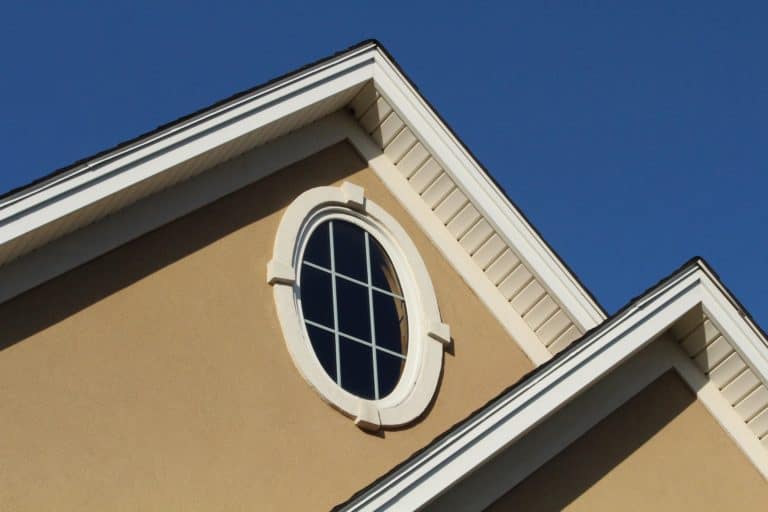
Not all fascias and soffits are made of wood, and rot is primarily a wood thing. Some are made using metals like aluminium, while others may use uPVC. In the case of uPVC, rotting and corrosion should never be a problem. At least, not on the timescales of the average length of time people own a home.
In the case of metal options, corrosion is more of a possibility, especially if the fascia has suffered a lot of damage. But again, this would likely not occur particularly quickly.
So Why Use Wood?
If wood is so prone to rotting compared to the alternatives, why use it? Firstly, it is quite inexpensive. Secondly, it looks nice. And finally, it is flexible. Not flexible in the bendy sense, of course, but flexible in that you can easily cut and shape wood to suit the design of your property. This is possible to some degree with uPVC fascias and soffits, but not nearly as much.
Can Rot be Prevented?
To some degree, rot will nearly always find a way through over a long enough period of time. It is simply not realistic to expect to be able to track down every imperfection or problem spot in your soffits and fascia over the life of your property, especially when half of the surface of the wood is hidden.
That being said, you can greatly reduce the opportunity that rot has to take hold by ensuring that your fascia and soffits are properly installed, that they are treated and/or painted thoroughly, and that any damage to them is dealt with quickly and professionally.
Should a Rotted Fascia or Soffit be Replaced?
Of course, the answer is an unequivocal yes. As we have outlined above, the fascia board is actually responsible for a lot of heavy lifting. Rotting significantly weakens the materials that are doing that heavy lifting, and if left alone, it will eventually reach a point where it is no longer strong enough to hold everything up.
The unfortunate thing about this potential situation is that it is unlikely to be a gradual collapse, but a sudden one. You will be able to see the rot before it has got too bad, of course, but any actual breaking will likely occur suddenly when the fascia is under added strain, like during rainfall. That means that, if the rot were to get so bad that the guttering could break away from the house, it would do so suddenly and come down with the weight of all that water on top of it.
Of course, we’re not suggesting that having empty guttering fall on your head is much better, but when you consider how much water your gutter could theoretically hold and how heavy water is, it could be the difference between a trip to the hospital and a trip to the morgue if you happen to be stood underneath it when it goes.
And, of course, rot is unsightly, and no one wants their home to look like it’s falling apart.
What is the Cost of Fascia Repair and Replacement?
As you might expect, the cost of repairing or replacing your fascia and soffits will largely depend on the size of your property and the materials you choose for your new fascia. As a rough guide, new uPVC fascia and soffits on a small semi-detached property will come to around £1,500, with a larger property being around double that amount. If you have an unusually shaped property, or an extremely large one, you can use the guide of £100 per metre of roofline as an indicator for how much you might be looking at. The same price would apply to your soffits, so if you need fascia and soffits, you would be looking at a rough guide price of £200 per metre of roofline.
Conclusions
There are many reasons to choose wooden fascia boards and soffits over the alternatives, not least of which is the initial costs of the materials. Unfortunately that lower price comes with a cost of a different kind, and one that needs to be taken seriously.
You will need to do what you reasonably can to prevent rot from getting a foothold on your fascia, as well as acting quickly if rot does take hold. Rotten fascias are not just unsightly, they are dangerous. And ignoring for a moment the potential risk to yourself and those who visit the property, there is also the possibility that your rotten fascia board and soffits could do more property damage on their way out, such as a falling gutter breaking a window on its way past.
You May Also Like...
Roof Inspection: When Should You Do It?
Find My Local Expert Roof Inspection: When should you do...
Read MoreGuttering, Fascia and Soffit Repair and Replacement
Find My Local Expert Guttering, Fascia and Soffit Repair and...
Read MoreDo I need planning permission for a flat roof extension?
Find My Local Expert Do I Need Planning Permission for...
Read MoreAm I Allowed to Install Green Roofing in the UK?
Find My Local Expert Am I Allowed to Install Green...
Read MoreRotting Fascia and Soffit?
My Trusted Expert Guarantee
Experts Have Been Vetted & Approved
